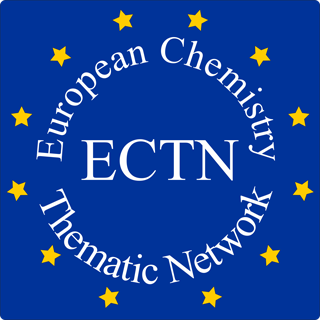Background
Introduction
The European Commission White Paper on education and training “Teaching and Learning: Towards the Learning Society” which was approved by the Commission in November 1995 had five general objectives, the first of which was to “encourage the acquisition of new knowledge” (objective 1): http://ec.europa.eu/education/doc/official/keydoc/lb-en.pdf.
The White paper states that a multitude of incentives to learn must be provided, and launched an action concerning the recognition of skills at the European level as one of the ways to provide these incentives. As part of this “Objective 1” of the White Paper, the European Chemistry Thematic Network was awarded a contract for a project entitled “The Evaluation of Core Chemistry”.
Project Description
The chemistry project is one of 16 projects funded by the European Commission and its implementation has been funded through the ECTN1, ECTN2, ECTN3, ECTN4, EC2E2N1 and EC2E2N2 proposals (see https://ectn.eu/about-us/projects/). In particular, following the outcomes of the activities of the Core Chemistry Group coordinated by Prof. Paolo TODESCO (University of Bologna (Italy)) in ECTN1 and ECTN2 it was possible to:
-
Figure out the common content of the first degree courses in chemistry (Core Chemistry) in all EU Member States in the areas of Analytical Chemistry, Biological Chemistry, Chemical Engineering, Computational Chemistry, Inorganic Chemistry, Organic Chemistry and Physical chemistry (http://services.chm.unipg.it/ojs/index.php/virtlcomm/article/view/100).
-
Design Computer-based tests in English aimed to evaluate competence in these areas.
-
Computer-based tests have also been designed to evaluate competence in General Chemistry (both at a level equivalent to that of a person at the end of compulsory education (level 1), and at a level equivalent to that of someone about to commence a university course in chemistry (level 2)), Chemistry in every day life plus (level 4) Cultural Heritage and Advanced Organic Chemistry .
-
Translate the English master version of the tests in several other languages.
The Platform
The tests are run using the Open source software EOL operating on the Cloud through the Test Centres belonging to Accredited Test centres and Agencies. The adopted operational scheme is the Prosumer one in which TCs operate as knowledge producers and consumer. Several types of questions are available: multiple choice, multiple response, numeric, selection, text, graphical ‘hot-spot’, and problem solving. The software being used will also allow for detailed analyses of the responses to questions.
Attention, in order to display correctly the non-Latin languages, you need to set up an Internet browser allowing the use of the UTF Font encoding, and the question by question delivery mode.
Acknowledgement
Funded by the European Commission, this work is the result of the collaboration of more than 100 departments or institutions of Chemistry from over 30 countries. We thank all the people who took the time to create, to write, to check, to send comments and advice; those who run the pre-testing allowing us to improve the quality of our database, as well as those who joined us and will join us in the future, and those who will help us either to develop our product or the Association.
